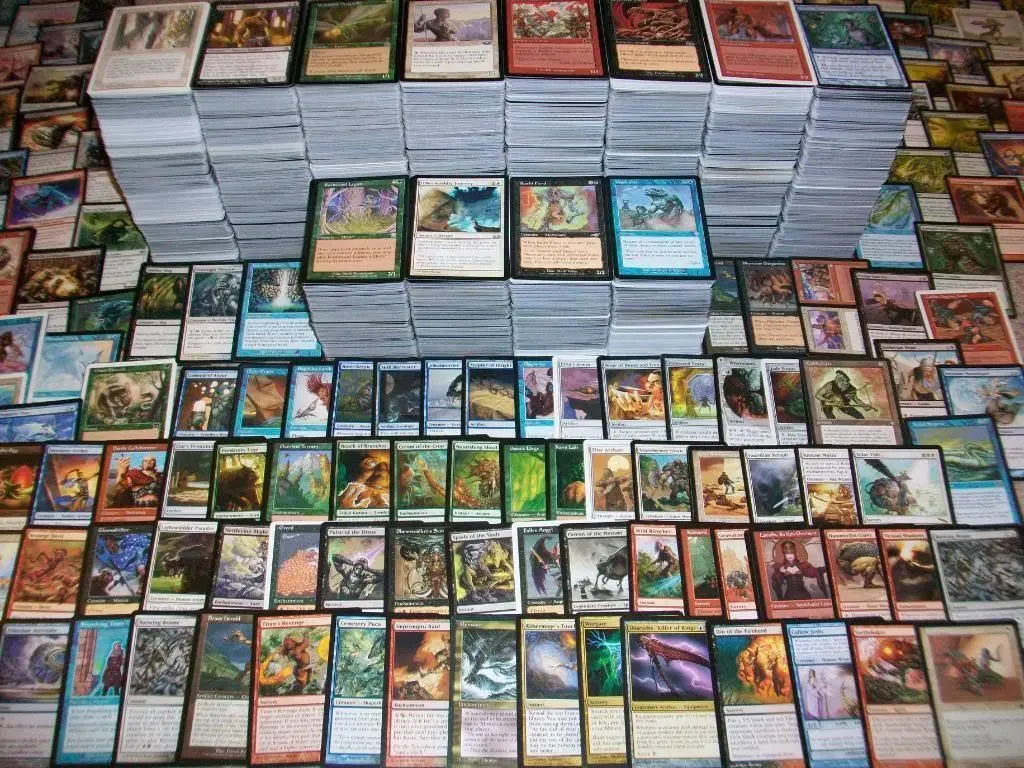CCCam HD Insights
Stay updated with the latest in streaming and tech.
Trading Pixels: How Digital Collectibles Are Redefining Value
Discover how digital collectibles are reshaping value in today's market. Uncover the future of ownership and investment in Trading Pixels!
Exploring the Evolution of Digital Collectibles: What You Need to Know
The world of digital collectibles has undergone a remarkable transformation, driven by advancements in technology and the rise of blockchain. Initially, digital collectibles were primarily associated with traditional gaming or social media platforms, where users would acquire virtual items such as skins or avatars. However, the introduction of Non-Fungible Tokens (NFTs) revolutionized this space, enabling true ownership and provenance of these digital assets. Today, collectors are not only investing in art and gaming items but also in unique digital experiences and moments, reshaping how we perceive value in the digital realm.
As we explore the evolution of digital collectibles, it's essential to consider the impact of decentralized marketplaces and the growing community of creators and collectors. Platforms like OpenSea and Rarible have democratized access to the market, allowing artists to tokenize their work and collectors to navigate a vast array of offerings. Moreover, collaborations with celebrities and brands have propelled the popularity of digital collectibles, turning simple images or animations into highly sought-after items. To stay ahead in this dynamic landscape, understanding the trends and technology behind digital collectibles is crucial for anyone interested in this thriving sector.

Counter-Strike is a highly popular multiplayer first-person shooter game that pits teams against each other in various objective-based modes. Players can enhance their gaming experience by using a daddyskins promo code to access exclusive in-game items and skins. The tactical gameplay and teamwork required make it a favorite among competitive gamers worldwide.
How Blockchain Technology Is Revolutionizing the Value of Digital Assets
Blockchain technology is fundamentally changing the way we perceive and value digital assets. By providing a decentralized and secure ledger, blockchain eliminates the need for intermediaries, allowing for direct peer-to-peer transactions. This innovation not only enhances transaction speed but also reduces costs associated with managing and transferring digital assets. Additionally, the transparency and immutability of blockchain create a trustless environment where users can verify ownership and authenticity, increasing the overall value of digital assets such as cryptocurrencies, art, and digital collectibles.
Moreover, the rise of smart contracts on blockchain platforms is a game-changer for digitizing assets. These self-executing contracts automatically enforce agreements when predefined conditions are met, streamlining processes and minimizing the risk of fraud. As a result, we are witnessing a surge in the tokenization of real-world assets, which allows them to be represented and traded on the blockchain. This shift not only broadens access to investments but also enhances liquidity in previously illiquid markets, further revolutionizing the value attributed to digital assets.
What Are NFTs and Why Are They Changing the Landscape of Collectibles?
Non-Fungible Tokens (NFTs) are unique digital assets that represent ownership of a specific item or piece of content, using blockchain technology to verify authenticity and ownership. Unlike cryptocurrencies like Bitcoin or Ethereum, which are fungible and can be exchanged on a one-to-one basis, NFTs are one-of-a-kind and cannot be replaced or exchanged on a like-for-like basis. This unique characteristic makes NFTs particularly appealing in the realms of art, music, gaming, and collectibles, where provenance and rarity are crucial. As digital ownership becomes increasingly important in our online lives, NFTs are emerging as a revolutionary way to buy, sell, and trade collectibles.
The rise of NFTs is changing the landscape of collectibles in several significant ways. First, they offer creators a new revenue stream, as artists, musicians, and other content creators can sell their work directly to consumers without the need for traditional intermediaries. Second, NFTs enable a new level of community engagement through features like smart contracts, which automate royalties for creators every time their work is sold in the secondary market. Third, the digitization of collectibles means that collectors can showcase their items in virtual spaces, making it easier than ever to build and share personal collections. This shift is set to redefine not only how we perceive value in digital assets but also how we interact with the concept of ownership itself.